Jackson Woolley, Multi-Media Man
Looking back at the significant contributions of a performing and visual artist
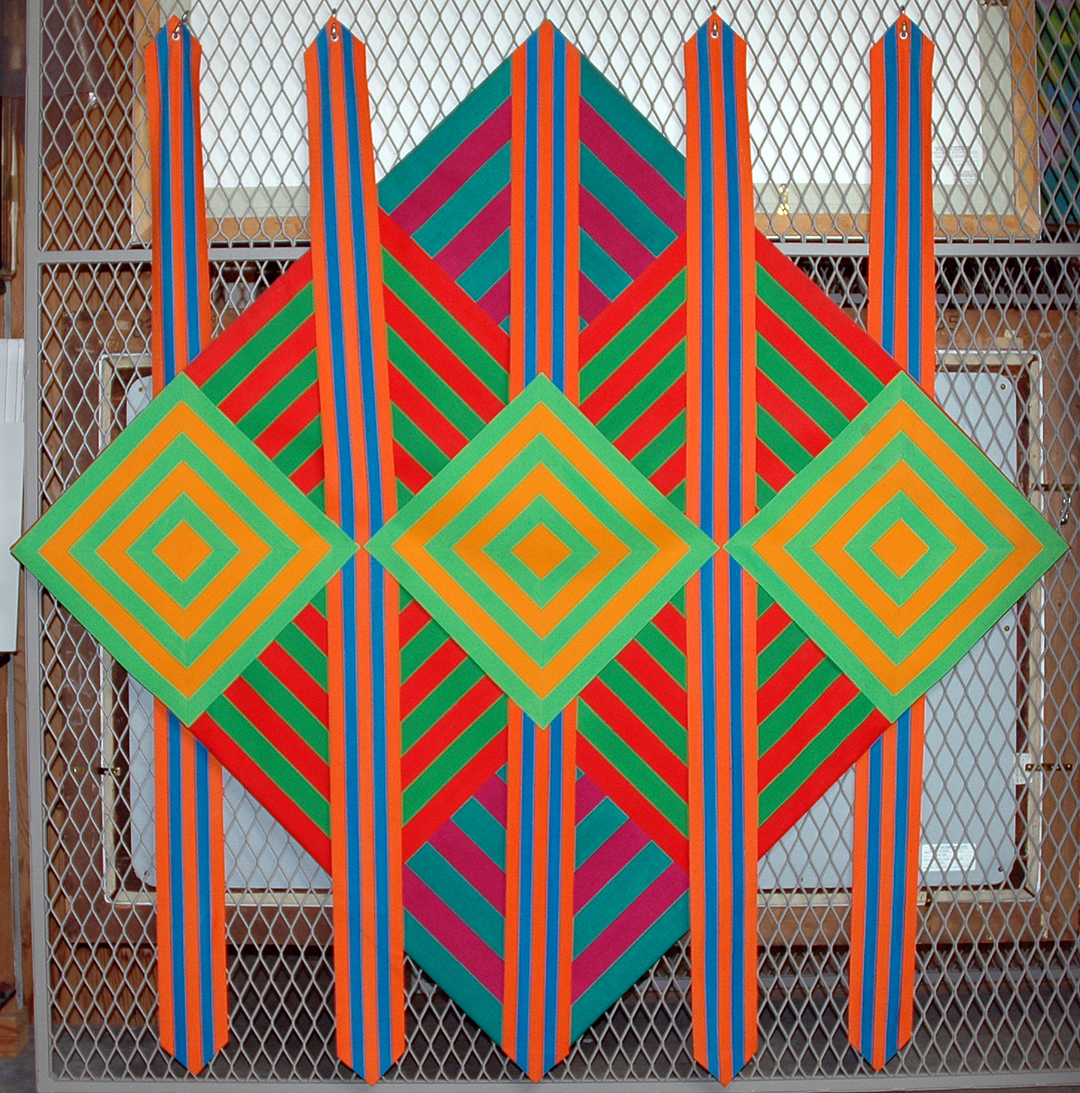
A Shakespearean actor, a stage director, and an acclaimed crafts artist all in one person. This is a tale of an artist whose contributions span both performing and visual arts. Jackson Woolley left a legacy at The Old Globe, as well as The San Diego Museum of Art, and, though indirect, the Mingei International Museum. His acting and directing career continued through the 1950s, and his enamel and copper pieces are in collections of the SDMA and Mingei. These institutions are all on the Prado, the main artery through Balboa Park and in close proximity to one another, though The San Diego Museum of Art was fully functioning during the California Pacific International Exposition, having opened its doors as the Fine Arts Gallery in 1926, and the Mingei didn’t exist during the 1935-36 fair. Mention is made of this connection in biographies of Woolley, but its presence isn’t fully explored.
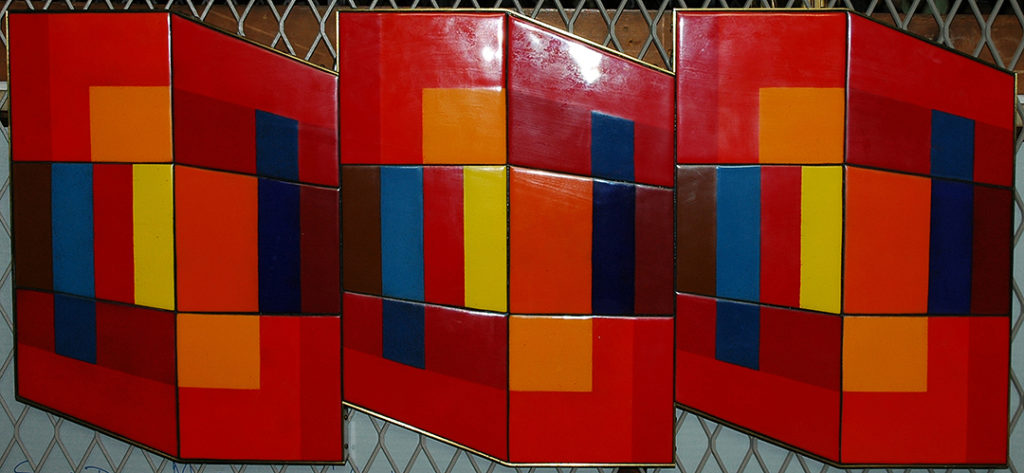
20th century United States Sculpture Enamel Sculpture. Courtesy of The San Diego Museum of Art
Jackson Woolley was born in Pittsburgh, Pennsylvania in 1910. He was a member of the 1933-34 Globe Players at the Chicago World’s Fair. Billed as Jack Woolley at first, he later performed and directed as Jackson Woolley. Training at Carnegie Institute of Technology (now Carnegie Mellon) in Pittsburg, he received his Bachelor’s degree in Drama in 1930.
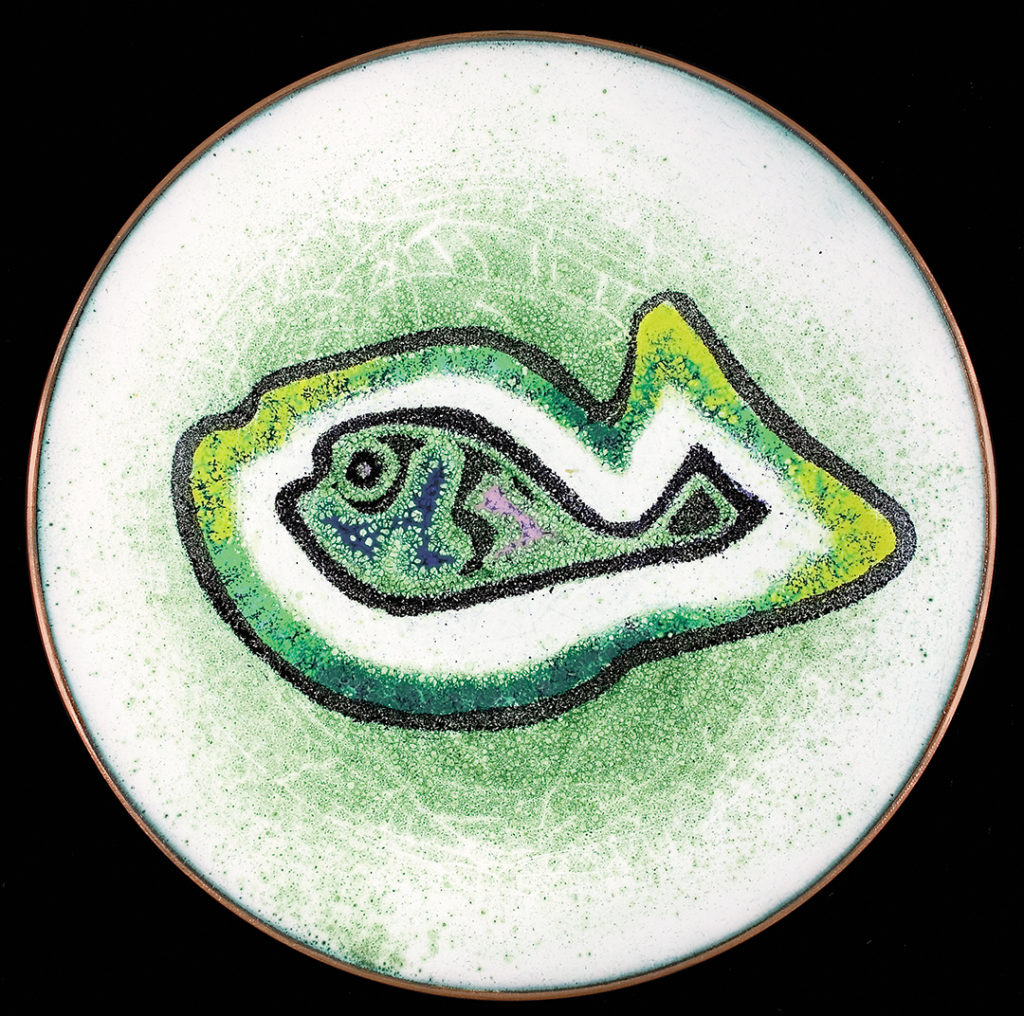
Jackson Woolley, primary artist. Enamel on copper
20th century United States Decorative Arts Enamel Plate. Courtesy of The San Diego Museum of Art
Woolley was a classically schooled Shakespearean actor. As such he was brought with other Carnegie Tech theatre graduates to the 1933 Chicago World’s Fair, A Century of Progress, by Thomas Wood Stevens, who had founded the theatre department at Carnegie Tech, and also co-founded the Goodman Theatre in Chicago. As a member of the 1933 fair, Woolley was part of an eager group of young, well-schooled thespians who worked hard and gained a great deal of theatrical experience. There, the troupe known as the Globe Players performed edited versions of Shakespeare’s plays, one after the other in quick succession, experiencing great success. Large audiences attended Elizabethan-themed performances in the Merrie England area in the Century of Progress Exposition. Word of the players’ popularity reached civic leaders in San Diego, and those leaders were intrigued and interested in wooing the troupe to San Diego for the upcoming 1935-36 California Pacific International Exposition. Persuasion resulted in the Globe Players being brought to San Diego as an added attraction to the 1935-36 Pacific Exposition in Balboa Park. The troupe moved to San Diego from Chicago where it continued to perform edited versions of Shakespeare’s plays in a hurriedly constructed theatre modeled after the original Globe Theatre of Shakespeare’s time.
Arriving in San Diego after the groundbreaking on April 28, 1935, but before the completion and opening of the newly built replica of Shakespeare’s fabled Globe Theatre on May 29, the talented cast performed plays within a setting that provided a mix that was irresistible to the public. Woolley played Shakespearean characters in The Taming of the Shrew, The Comedy of Errors, Julius Caesar, A Midsummer Night’s Dream, Macbeth, and All’s Well That Ends Well, according to a 1935 printed program. He also appeared in Christopher Marlowe’s Dr. Faustus. Woolley probably assumed other roles, as well.
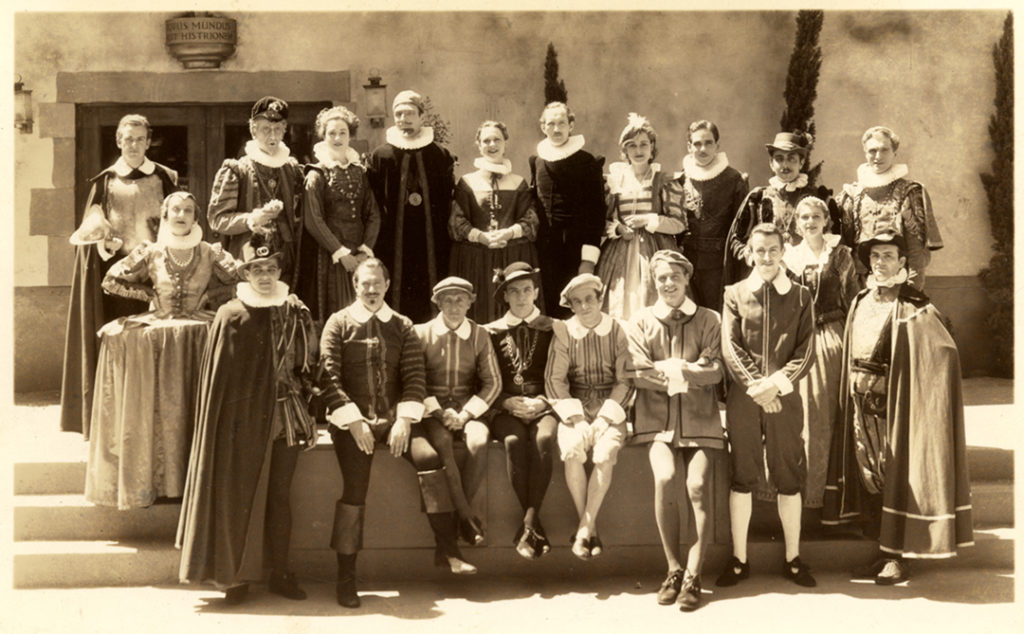
He had the stature and presence of a classically trained Shakespearean actor then and retained those qualities throughout his life. The Globe Players left San Diego in early 1936 to perform at an exposition in Texas. They were replaced by the Fortune Players, who continued to perform the work of Shakespeare. No doubt, the popular performances of Shakespeare’s plays provided the firm foundation for the Globe’s ongoing fame for its Shakespearean production over the many future decades.
After returning to San Diego, in 1940 Woolley married visual artist Ellamarie Packard, an art teacher at Francis Parker school and a graduate of San Diego State College. He served in the Army during World War II, then returned to San Diego and moved with Ellamarie to Claremont, where he enrolled in the art department of Claremont Graduate School in 1946 and 1947. Perhaps he attended graduate school under the aegis of the G.I. Bill. There, at Claremont, he discovered the wonders of enamel. The Woolleys were popular in the Clairemont art community. They made their initial enamels between 1947 and 1953, largely in San Diego, after which time they began to create art pieces independently. Jackson continued his active participation in San Diego theatre during this time, starring in Twelfth Night, the very first production of the Old Globe Theatre’s inaugural National Shakespeare Festival in 1949, and returning to the Globe to direct The Playboy of the Western World in 1950, The Rose and the Ring in 1952, and The Remarkable Mr. Pennepacker in 1956. A young San Diego State theatre student, Marion Ross, had a major role in the 1949 Twelfth Night National Shakespeare Festival production, which was co-produced by the Globe and San Diego State College.
Jackson was a frequent partner with actress/director Donna Woodruff as part of drama programs at social events. Woodruff had appeared at the Globe in the 1949 production of Twelfth Night with Woolley, and was an accomplished actress. So, while his time was more and more devoted to his enamel on copper creations, he still made time for theatre participation. Until he didn’t.
Collaborating on their first art pieces between 1947 and 1953, the Woolleys favored plates, ashtrays, and boxes. Working together, Jackson and Ellamarie signed and meticulously numbered each piece of art in the order in which it was produced. Their work was exhibited in many museums across the country. In addition, Jackson created beautiful enamel on copper boxes and gave them to special people in San Diego theatre, specifically San Diego’s beloved Craig Noel and Irma Macpherson of the Old Globe Theatre. As Jackson’s artwork occupied more of his time, his connection to theatre lessened. Other factors were also at work because, eventually, his hearing began to fail and, then, his vision dimmed also.
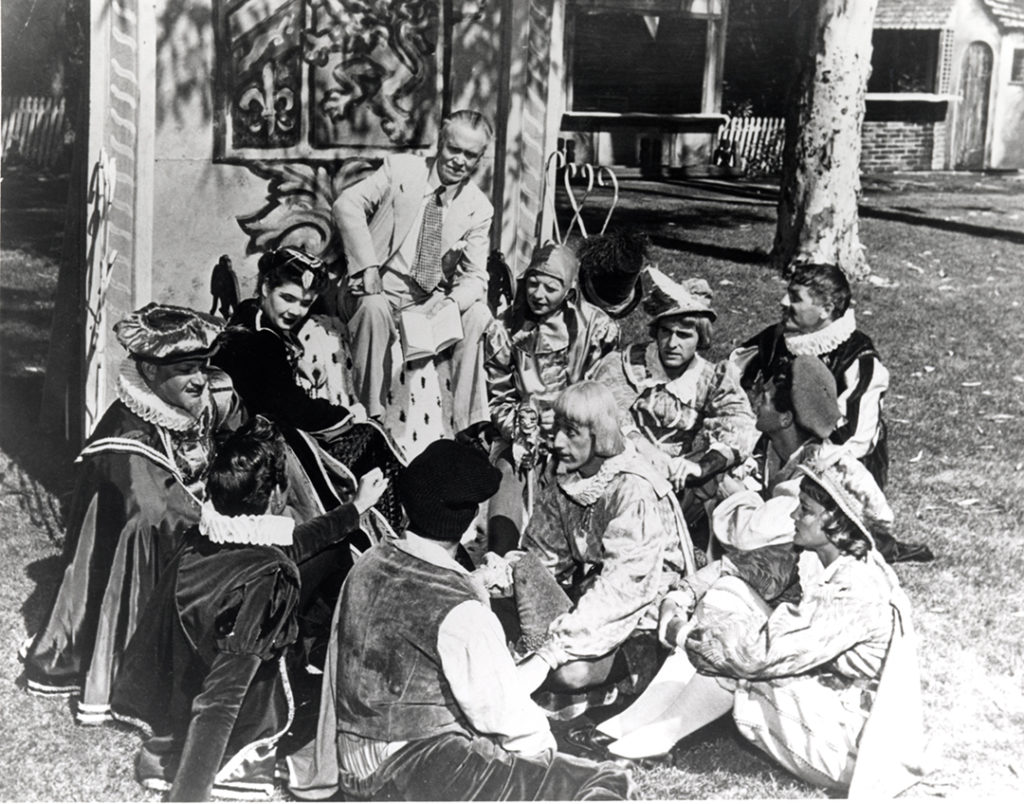
But In 1963, theatre, Jackson’s initial calling, connected copper pieces to a new grand city vision. The Woolleys were commissioned to create decoration for the inside of San Diego’s new Civic Theatre, which was to have a celebratory opening in 1965. The Woolleys worked to create 850 shapes made of copper. They folded and pleated the shapes which were to be placed on the walls inside the completed structure. The copper shapes were placed so that they would be perceived as flowing up the walls of the central theatre and they also functioned as reflectors of lights. Remember, these were made of copper, with no enamel components. Only two enamel on copper pieces were relief sculptures, 10 feet x 16 feet, on view in the main salon. The copper forms were in place at the 1965 opening of the downtown Civic Theatre, and they caused great controversy. With only some complimentary response, there was a large public negative reaction. After some years of falling into disrepair, Jackson requested
the removal of what remained of the work from the Civic Theatre. Currently, the discarded Civic Theatre pieces are coveted and highly collectible. Ironically, they are now greatly admired contemporaneously. Upon completion of the Woolleys’ final collaborative murals for First National Bank (now Union Bank, soon to be merged with U.S. Bank), the two artists began to work separately. However, the First National Bank project, titled Variations on a Gold Theme, was well received, providing a more positive experience.
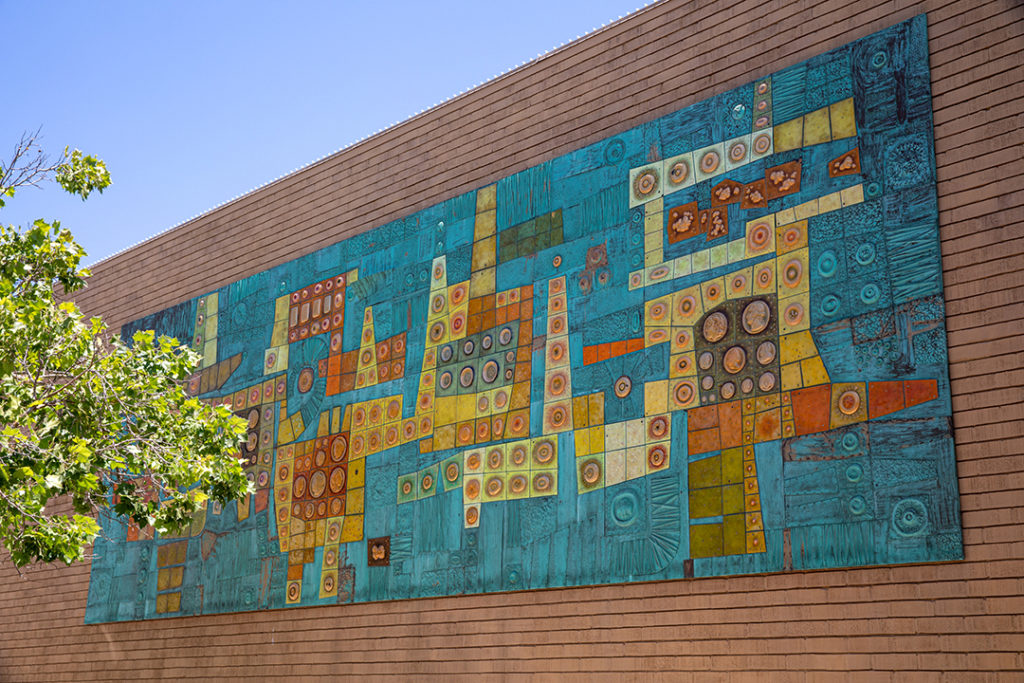
Ellamarie Woolley (1913-1976) and Jackson Woolley (1910–1992). Hammered and partly enameled copper alloy, textured and patinated, mounted on wood backing; 12 feet high x 36 feet wide, 1,750 pounds
Gift of Union Bank of California
Jackson turned to other materials, such as fiberglass, wood, and polyester resin for his next artistic undertakings, exploring geometric shapes with newly used media. The new pieces were liked by critics. In 1976, Ellamarie died and Jackson was greatly affected. The next year, Jackson became something of a recluse. After that, people visited him at his home largely by appointment only. He died in 1991 of a malignant brain tumor, having spent his last months of life making order of his art. All of his files and slides were tidied for easy accessibility. He reportedly died while sleeping, a painless death.
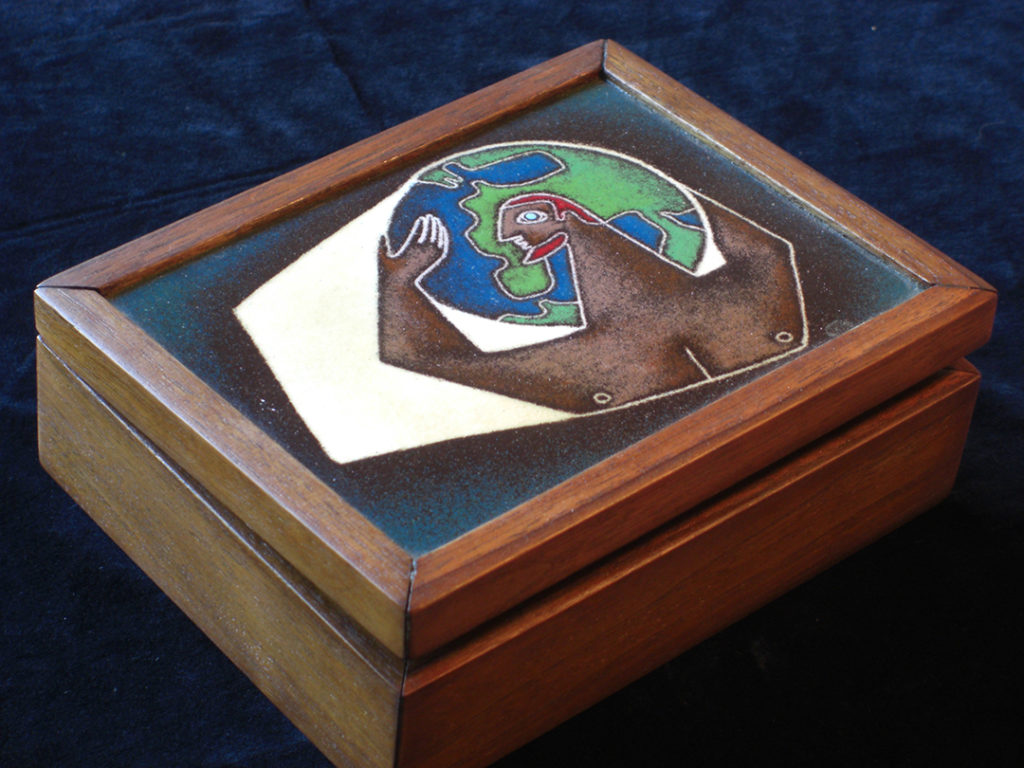
An exploration of this multi-media artist might be on a list of “things to do” when on the Prado in Balboa Park. Visit The San Diego Museum of Art virtually and request to view enamel on copper works by the Woolleys. Know that funds from the Woolleys were donated in their name. From outside the Mingei, look at the large art piece proudly exhibited above the newly imagined building. It will definitely get attention. The artistic pieces given life by the Woolleys are in museums and private collections throughout the United States, but what is especially interesting is the engagement of this trained actor/director with visual art, with media new to him which he explored with intensity during the last half of his life. He discovered a new outlet for expression, one that displayed visual craft by an artist behind, rather than in front of, his audience. It was an unusual, remarkable pivot. And the story of that pivot is documented and available in the archives of The Old Globe, The San Diego Musem of Art, and at Mingei International Museum, all a one-block walk from each other along the Prado of beautiful Balboa Park.





Comments